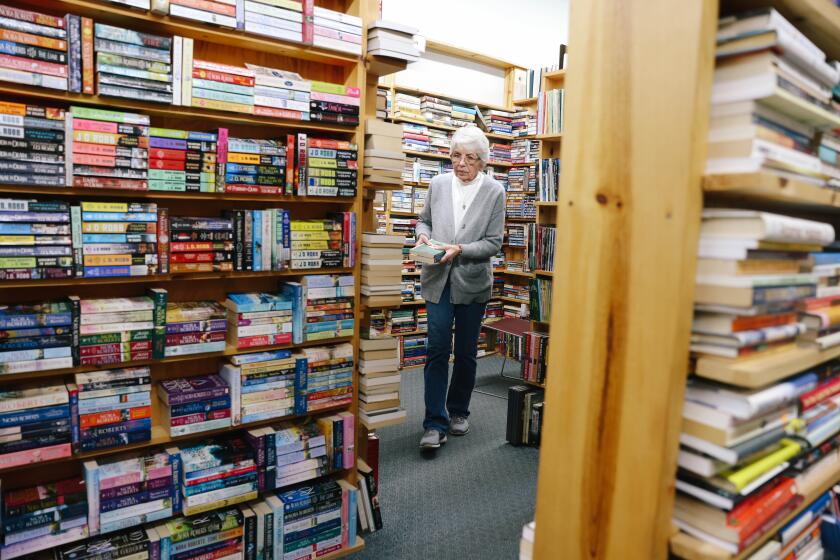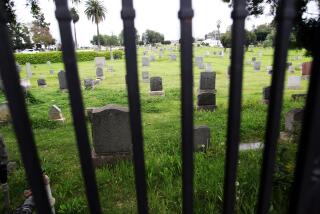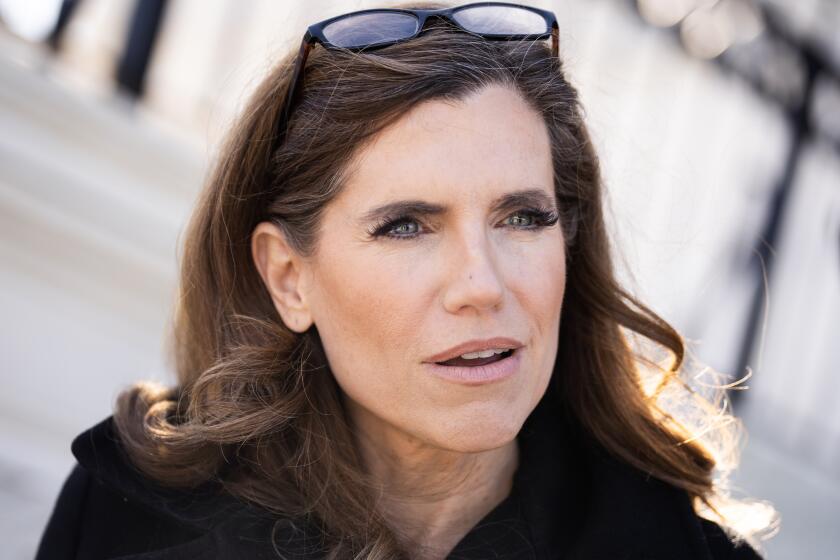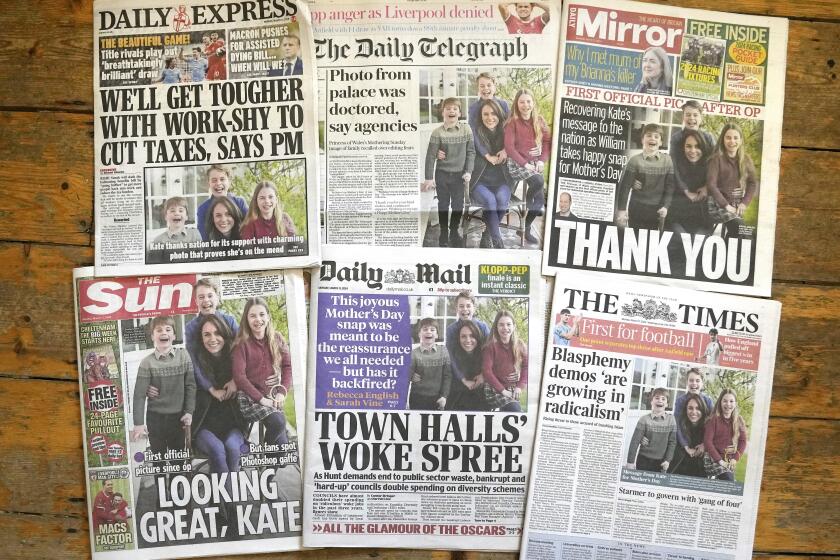Opinion: ‘Work longer’ is no solution for people who can’t afford to retire

In April 2023, Betty Glover, a 91-year-old grocery store clerk in Oregon, was finally able to retire after a GoFundMe campaign raised $82,000 for her. After seven decades in the workforce, Glover couldn’t save enough to retire and cover basic expenses such as for food and medicine.
“I hate the thought of not working,” Glover told a local TV station. But she wanted to spend time with her two children, four grandchildren, six great-grandchildren and two great-great-grandchildren.
California is about to get walloped by an aging population wave. Steve Lopez’s new column will focus on the blessings and burdens of growing older.
Glover’s was not the only GoFundMe retirement. Earlier that year, 82-year-old Walmart cashier Butch Marion retired, thanks to a GoFundMe campaign.
These outpourings of generosity are not feel-good stories; they reveal America’s severely broken national retirement system. Welcome to retirement American style, where retirement is work.
Inflation is forcing retirees back into the workforce to make ends meet.
Most Americans do not have enough money to retire on. Forty-four percent of households with members ages 55-64 have no savings at all. The median retirement account balance is about $100,000; most middle-class people need $600,000. No wonder there are about 39 million workers 55 and older in the U.S. Workers 75 and older are the fastest-growing age segment of the workforce.
While some older workers are making good money, feathering their retirement nests and enjoying comfortable jobs — senators, corporate executives, lawyers — millions are stuck in low-paying, physically demanding and dangerous jobs at which they have little if any voice or power.
The government needs to create an Older Workers Bureau to support transitions to better jobs and secure retirement.
Older workers are closing the earnings gap with their younger counterparts, not because employers suddenly prize age and experience more than they did in the 1980s, but because older workers are ramping up their hours to meet financial needs, as highlighted by Pew Research.
When retirement security declines, so does older workers’ bargaining position to demand good wages and conditions. Employers know that more older people must keep working, even with less favorable wages, hours and conditions. My research shows that at least two-thirds of workers 62 and older are working because they don’t have enough money to retire.
Workers over age 55 are disproportionately represented in jobs that are lower-paid and physically demanding: 31% of home health and personal-care workers and 34% of janitors are over 55, while older workers make up 23% of the overall workforce.
This grim picture is on track to get worse. Most of the fastest-growing jobs in the U.S. economy, such as in healthcare and software engineering, are unlikely to benefit older workers. (The software sector has a median age of 38, while the wider workforce median age is 42.) Many of the jobs in healthcare are low-paid, physically taxing work that may not be a good fit for most people in their 60s or 70s.
Book Rack is the second San Gabriel Valley bookstore to face a reckoning this year. The owner of Vroman’s in Pasadena put the store up for sale because he wants to retire.
Paradoxically, even as many older folks need to keep working to make ends meet, most people 62-70 are not able to work for a host of reasons and will retire with inadequate incomes or savings. As the Schwartz Center for Economic Policy Analysis reported in 2019: “Between the years 2010 to 2018, 55.3 percent of workers aged 55 and up in the bottom half of the income distribution were forced to leave the workforce because of layoffs, plant closings, age discrimination, poor health, and family concerns.”
And yet, the “work longer” mantra persists; the Economist magazine featured a headline last month that trumpeted: “Why you should never retire.” That may have benefits for the economy when the labor market is tight, but the nation should not depend on people working longer to make up for inadequate retirement-income security. This only exacerbates inequalities in wealth, health, well-being and retirement time.
Working until you drop is not a civilized plan for a civilized society. We desperately need a Gray New Deal that improves jobs for older workers while also restoring and boosting pensions and retirement security. Federal and state incentives should promote better-paying and age-appropriate work. Improved job training and stronger unions would also make a difference.
An Older Workers’ Bureau at the Department of Labor could help steer and support such efforts. Strengthening pensions would help ensure that older workers get better wages and conditions and are working by choice rather than necessity. We need subsidized guaranteed retirement accounts and advance-funded pensions, and an expanded Social Security system.
Some may fret about the price tag of a different approach, but the status quo is unacceptable and unsustainable in both human and economic terms. A Gray New Deal would save money and save lives.
Teresa Ghilarducci, a professor of economics at the New School for Social Research, is the author of the forthcoming “Work, Retire, Repeat: The Uncertainty of Retirement in the New Economy.”
More to Read
A cure for the common opinion
Get thought-provoking perspectives with our weekly newsletter.
You may occasionally receive promotional content from the Los Angeles Times.









